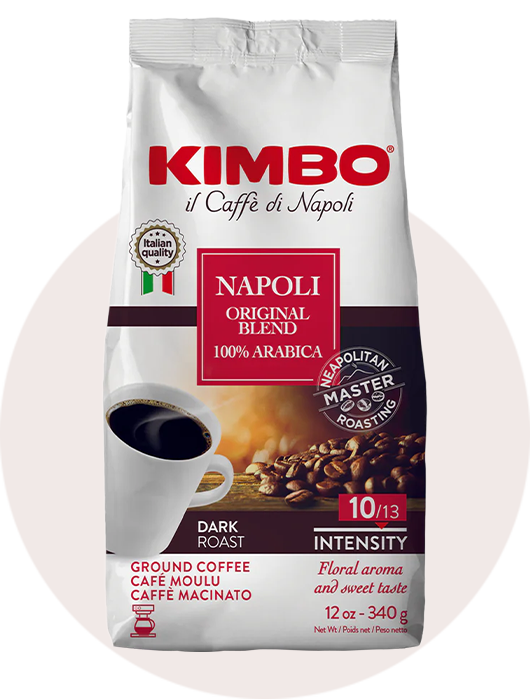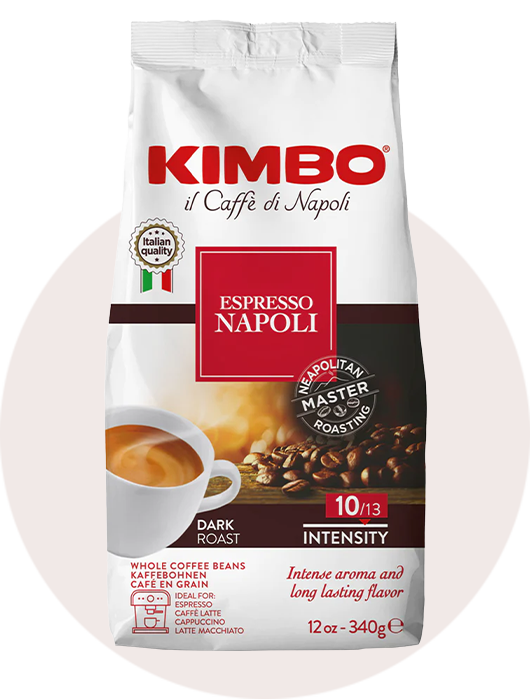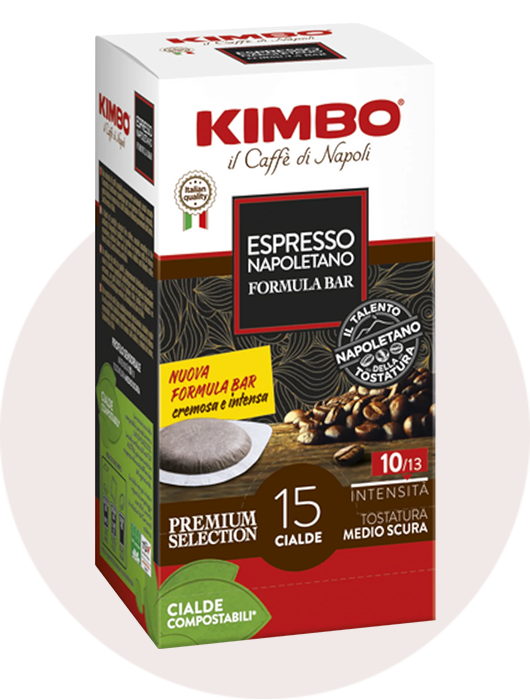When we first approach a coffee machine, understanding its fundamental components transforms what might seem intimidating into a manageable brewing process. Whether we're working with a traditional drip coffee maker or a more sophisticated espresso machine, familiarizing ourselves with the key parts ensures consistent, delicious results.
Core Components of Standard Coffee Makers
Our typical home coffee maker consists of several essential parts that work together harmoniously. The water reservoir holds the fresh water that will become our coffee, marked with measurement indicators for precise brewing. The filter basket houses either a paper or permanent mesh filter, creating the chamber where extraction occurs. The heating element brings water to the optimal brewing temperature, while the carafe or pot collects our finished brew.
For those of us using espresso machines, we encounter additional components like the portafilter (the handled device holding our coffee grounds), the grouphead (where the portafilter locks in), and the steam wand for milk frothing. Understanding these elements helps us troubleshoot issues and maintain our equipment properly.
Water Quality: The Foundation of Exceptional Coffee
Since our brewed coffee consists of approximately 98% water, the quality of water we use dramatically impacts the final taste. We always recommend starting with fresh, cold, filtered water rather than distilled or softened water. The minerals naturally present in water actually help extract the complex flavors from our coffee grounds.
Optimal Water Temperature and Preparation
The ideal brewing temperature ranges between 195°F and 205°F (91°C to 96°C). Most automatic coffee makers regulate this internally, but if we're manually heating water, we should bring it to a boil, then let it rest for about one minute before brewing. This ensures proper extraction without scalding the coffee, which would create unwanted bitter notes.
Selecting and Preparing Coffee: Ground vs. Whole Bean
Our choice between pre-ground and whole bean coffee significantly affects the freshness and flavor profile of our brew. While pre-ground coffee offers convenience, we achieve superior results by grinding whole beans immediately before brewing.
Understanding Coffee Types and Storage
Ground coffee consists of roasted coffee beans processed into particles suitable for brewing. The grind size varies depending on our brewing method—medium grind for drip makers, fine for espresso machines, and coarse for French press. We store our coffee in an airtight container away from light, heat, and moisture to preserve its volatile flavor compounds.
Instant coffee, by contrast, is pre-brewed coffee that has been dehydrated. We should never use instant coffee in our coffee makers, as it's designed to dissolve directly in hot water and would create a mess in our machine.
The Coffee-to-Water Ratio
Achieving the perfect strength requires careful attention to our coffee-to-water ratio. We recommend:
-
Standard brewing: 2 tablespoons (10g) of ground coffee per 6 ounces (180ml) of water
-
Stronger coffee: Increase to 2.5 tablespoons per 6 ounces
-
Milder coffee: Reduce to 1.5 tablespoons per 6 ounces
Remember that "cup" measurements on coffee makers vary between 4-6 ounces, not the standard 8-ounce cup we might expect.
Step-by-Step Brewing Process for Drip Coffee Makers
Initial Setup and Preparation
-
Fill the reservoir: We measure our cold, filtered water using the markings on the reservoir or carafe. For consistency, we can weigh our water (1ml = 1g).
-
Insert the filter: Paper filters require proper placement—cone filters need their crimped edges folded in opposite directions, while flat-bottom filters sit directly in the basket. Permanent mesh filters need no preparation but should be clean.
-
Add coffee grounds: We distribute our measured grounds evenly in the filter, ensuring no overflow at the edges that might cause channeling.
The Brewing Cycle
-
Start the machine: After closing all compartments and ensuring the carafe is properly positioned, we initiate the brew cycle. Most machines complete brewing in 3-5 minutes.
-
Monitor extraction: We avoid interrupting the brew cycle, as this affects the flavor balance of the entire pot. The brewing is complete when dripping stops entirely.
-
Serve promptly: For optimal taste, we serve our coffee within 20 minutes of brewing. If keeping it longer, we transfer it to an insulated container rather than leaving it on the warming plate, which can create bitter flavors.
Advanced Techniques for Espresso Machines
For those of us using espresso machines, the process requires more precision but rewards us with café-quality beverages at home.
Pulling the Perfect Espresso Shot
-
Dose and grind: We use 7-9 grams for a single shot, 14-18 grams for a double, ground to a fine consistency resembling table salt.
-
Tamp properly: Using firm, even pressure (about 30 pounds), we compress the grounds into a level puck, wiping excess from the portafilter edges.
-
Lock and extract: We secure the portafilter in the grouphead with a firm twist, then initiate extraction. Single shots take 15-20 seconds, doubles 20-25 seconds.
-
Clean immediately: We knock out the spent puck and rinse the portafilter to prevent residue buildup.
Steaming Milk for Specialty Drinks
Creating velvety steamed milk elevates our home coffee experience:
-
Measure correctly: We fill our pitcher with cold milk to about 1/3 capacity, as milk expands when steamed.
-
Purge the wand: We release any condensed water before steaming.
-
Create the vortex: Positioning the steam wand tip just below the surface at an angle, we create a whirlpool effect for even heating.
-
Monitor temperature: We stop at 150°F (65°C), when the pitcher becomes too hot to touch comfortably.
-
Clean immediately: We wipe and purge the steam wand to prevent milk residue from baking on.
Maintenance and Troubleshooting
Regular maintenance ensures our coffee maker continues producing excellent coffee while extending its lifespan.
Daily and Weekly Cleaning
After each use, we:
-
Rinse the carafe and filter basket
-
Wipe down external surfaces
-
Clean the warming plate (if applicable)
Weekly, we perform deeper cleaning:
-
Wash all removable parts with warm, soapy water
-
Clean the water reservoir
-
Check and clean the spray head (where water disperses over grounds)
Monthly Descaling Process
Mineral buildup from water significantly impacts coffee taste and machine performance. We descale monthly using:
-
Vinegar solution: Mix equal parts white vinegar and water
-
Run a brew cycle: Process the solution through the machine without coffee
-
Let it sit: Allow the solution to remain in the system for 15 minutes
-
Rinse thoroughly: Run 2-3 cycles with clean water only
Common Issues and Solutions
Problem: Bitter coffee
-
Solution: Use coarser grind, reduce brewing time, or decrease water temperature
Problem: Weak or sour coffee
-
Solution: Use finer grind, increase coffee amount, or check water temperature
Problem: Slow brewing
-
Solution: Descale the machine, check for clogs in the filter basket
Problem: Coffee not hot enough
-
Solution: Preheat carafe with hot water, check machine's heating element
Optimizing Your Coffee Experience
Experimenting with Variables
We encourage experimentation to discover our perfect cup:
-
Grind size: Finer grinds extract faster, coarser grinds slower
-
Brew time: Longer extraction increases strength but risks bitterness
-
Water temperature: Higher temperatures extract more quickly but may over-extract
-
Coffee origin: Different regions produce distinct flavor profiles
Seasonal Variations
Summer brewing: For iced coffee, we brew double-strength coffee directly over ice, using half the normal water amount and replacing it with ice in the carafe.
Winter warming: We preheat our mugs on the machine's warming plate or with hot water for better heat retention.
Coffee Storage Best Practices
Proper storage preserves our coffee's complex flavors:
-
Whole beans: Store in an airtight container at room temperature for up to one month
-
Ground coffee: Use within one week of grinding for optimal freshness
-
Avoid: Refrigeration (causes condensation) and freezing (unless for long-term storage)
-
Consider: Vacuum-sealed containers for extended freshness
Selecting Quality Coffee for Your Machine
Understanding Roast Levels
-
Light roasts: Higher acidity, more origin flavors, requires slightly finer grind
-
Medium roasts: Balanced flavor, versatile for all brewing methods
-
Dark roasts: Lower acidity, more roasted flavors, benefits from coarser grind
Identifying Freshness Indicators
We look for:
-
Roast date (not "best by" date) within 2-4 weeks
-
Whole beans with minimal oil on surface (except dark roasts)
-
Aromatic qualities when opening the bag
-
Consistent color and size of beans
Creating Specialty Drinks at Home
Our coffee maker serves as the foundation for numerous café-style beverages:
Classic Preparations
Americano: Add hot water to espresso (1:1 or 2:1 ratio) Café au Lait: Equal parts drip coffee and steamed milk Red Eye: Drip coffee with an added espresso shot
Advanced Recipes
Affogato: Pour hot espresso over vanilla ice cream Coffee Concentrate: Brew double-strength for cooking and cocktails Cold Brew Alternative: Brew hot coffee directly over ice for Japanese-style iced coffee
Environmental Considerations
We can minimize our coffee routine's environmental impact:
-
Use permanent metal or cloth filters instead of paper
-
Compost coffee grounds for gardens
-
Choose sustainable, fair-trade certified coffees
-
Invest in quality equipment that lasts longer
-
Recycle coffee packaging appropriately
Conclusion
Mastering our coffee machine opens a world of brewing possibilities, transforming our daily routine into a rewarding ritual. By understanding our equipment, selecting quality ingredients, and maintaining proper techniques, we consistently create café-quality beverages at home. Whether we prefer the simplicity of drip coffee or the complexity of espresso-based drinks, these fundamentals ensure every cup meets our exacting standards.
Remember that perfect coffee is ultimately subjective—what matters most is creating beverages that satisfy our individual preferences. Through experimentation with ratios, temperatures, and techniques, we develop our signature brewing style. With practice and attention to detail, our home coffee surpasses what we might find at commercial establishments, all while providing the satisfaction of crafting something exceptional with our own hands.






